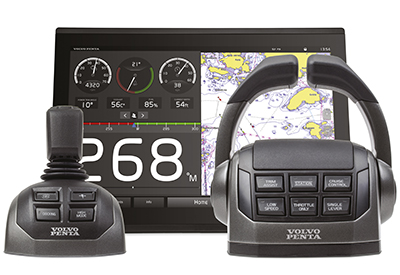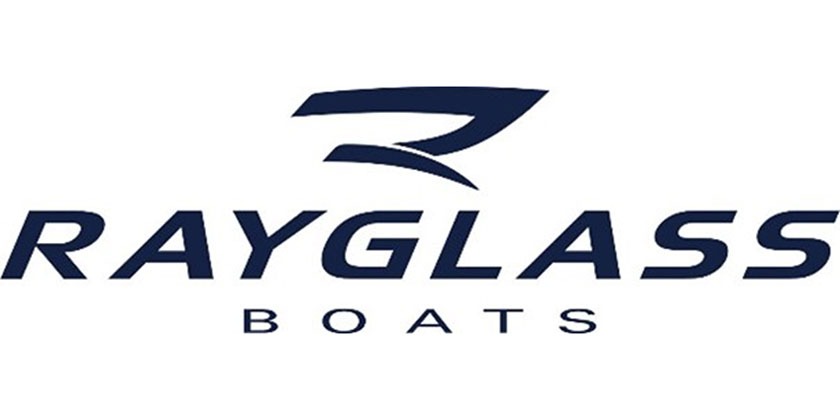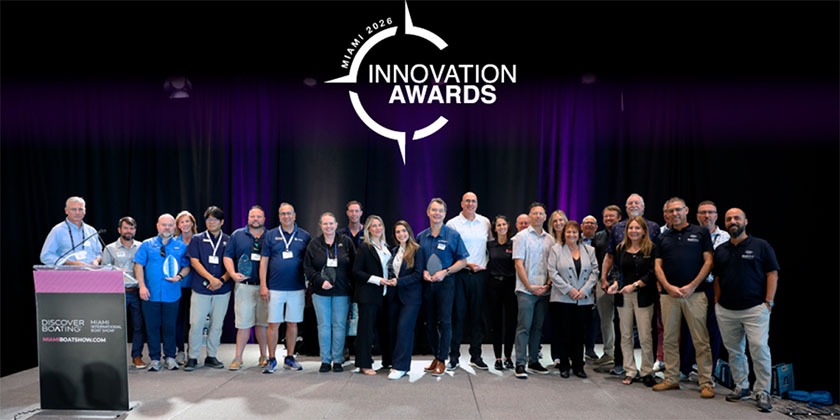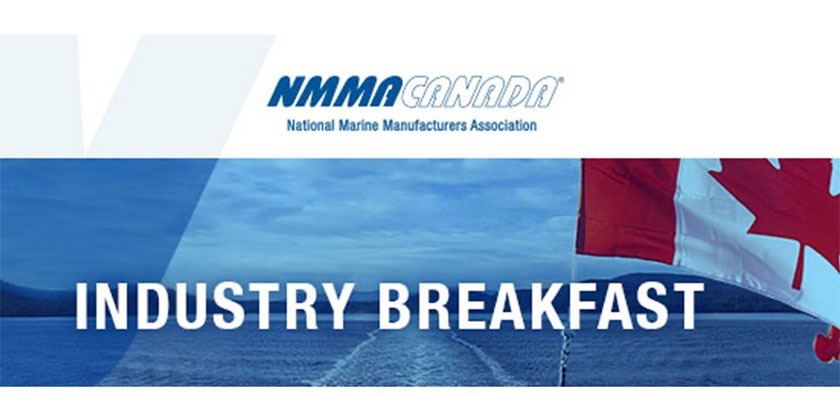Advantages of Volvo Penta’s next-generation EVC now extended to a broader range of vessels

Oct 12, 2021
When Volvo Penta’s pioneering EVC system was first launched in 2003 it was the height of innovation – and it continues to be the foundation for Volvo Penta’s full systems approach of integrated features from helm to prop. A major upgrade to the EVC platform was introduced in 2019 with EVC 2 together with the new D4-D6 engine. This included a new electrical architecture that ensures faster software download, improved diagnostics, and traceability, as well as offering the prospect of upgrading to additional functionality in the future.
The EVC system has enabled the company to integrate features – like the Joystick Docking,Dynamic Positioning System, and Glass Cockpit – from helm to propeller. The system delivers onVolvo Penta’s easy boating philosophy – making the boating experience easier and more accessible.
Today, Volvo Penta announces that its EVC 2 system – previously only available to D4-D6 engines – is now available to its complete marine leisure gasoline range and D8 diesel engines. The system will also be expanded to D11, D13, and D16 diesel engine range in 2022. The EVC 2 system is also fully type-approved for all major classification societies – which is an asset to both marine leisure and commercial customers. And that’s not all, there are a host of benefits.
Joystick Driving for gasoline engines
Operators of twin gasoline engine installations can now benefit from an improved experience at the helm with the introduction of Joystick Driving. This feature is fully integrated with theVolvo Penta autopilot and allows the captains to maintain a set heading, maneuver with precision, and steer comfortably at all speeds with only one hand.
Onboard Maintenance Assistant
A key new feature is the onboard maintenance assistant, integrated into the platform. This intuitive system informs users of service dates, while also tracking past servicing and diagnostic information in real-time.
The EVC 2 platform also features just one single connection point for diagnostics and software updates – regardless of how many engines are in the installation. This offers greater ease of maintenance, as well as enhanced software downloads and diagnostics.
Next-generation diagnostics
The new electrical architecture ensures faster software downloads, improved diagnostics, and traceability, as well as the ability to upgrade to additional functionality in the future.
Flexibility
The modern electrical architecture of the EVC 2 allows more features to be connected into the ecosystem of the vessel, giving builders more flexibility in the complete process of building a boat, all the way from ordering, manufacturing, and delivery.
Paving the way for new features
“Securing functionality growth is an important part of EVC 2,” explains Jonas Welinder, Product Planner at Volvo Penta. “Many of the innovations that have set us apart over the years have derived from EVC and the superior level of experience it enables. Notable features such as the Glass Cockpit, Easy Connect, Assisted Docking, and Water Sport Control would not be possible without this intuitive integration platform. Volvo Penta’s EVC 2 also benefits OEMs with easier installation and greater flexibility. As the system continues to evolve, we’ll deliver even more solutions that make boating easier and better than ever.”
In the future, EVC 2 will act as the primary enabler, including remote diagnostics and connectivity. It will form the foundation for connecting all future features in a boat and allow new services to be uploaded anywhere in the world – when automated connected and electric features become available.
























